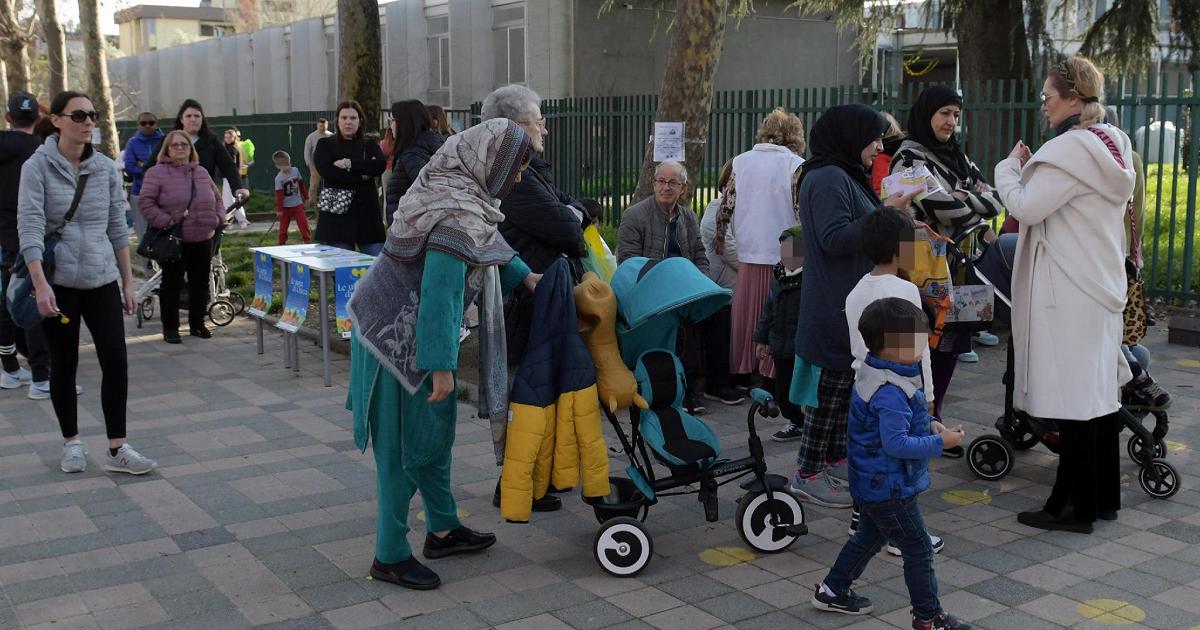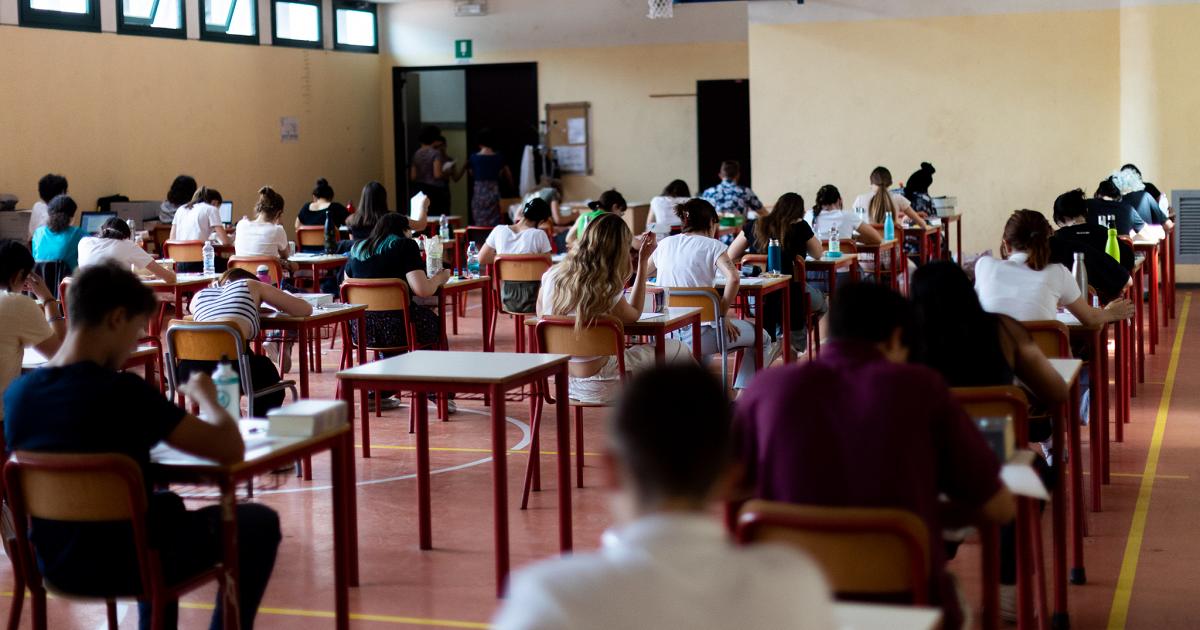After the message of support and appreciation that the president Sergio Mattarella sent in response to the letter from the deputy director of the Pioltello school who decided to close the portal on April 10, the day the Ramadan holiday ends Skuola.net distributes data on the presence of foreign students in our schools: more and more numerous, emphasizing that IPioltello's school is just one of many in which students of non-Italian origin exceed 30% of those enrolled: in fact, this occurs in 6.8% of Italian classes.
Increasingly multi-ethnic classes
Our classes are increasingly multi-ethnic: cases like that of the Pioltello school, where 43% of the students are of non-Italian origin, are not isolated. Especially in Lombardy, the region with the largest number of these students: 222,364, which represents a quarter of the total in Italy.
Here as in other areas, it is very common not to respect what the regulations strongly suggest: keeping the share of foreign students below 30% per class. The reason for the limitation is linguistic, so depending on the skills demonstrated by the students in this area, it can be overcome or modified. But ultimately, particularly in compulsory education, registration requests cannot be refused for “migration reasons» and must be welcomed in the institutions of the territory where the users live. Which means that this limit is often exceeded.
As this shows the analysis carried out by the Skuola.net portal based on the latest official data from the Ministry of Education and Merit – relating to the 2021/2022 school year – situations of overcrowding of students of non-Italian origin in our schools are in fact very widespread.
 pixabay
pixabay foreign students, in one class in 15, exceed 30% of the total
On a national level, 6.8% of courses – about 1 in 15 – has a foreign student quota above 30%. With a new peak at 11.2% in primary school. It is also worth noting the constant growth of the phenomenon: a little over five years ago, it was 5.3%.
Religious differences could therefore exist almost everywhere. And in certain cases, they could concern almost the majority of registered students: in 3.3% of classes, foreign students represent more than 40%.
Own Lombardy – region to which the institute of discord belongs (Pioltello is near Milan) – it is one of the areas in which the concentration of schools above the threshold indicated by the ministry is most evident: this happens in 14% of classes, or one in 7. First of all, there is only Emilia-Romagna (17.4%).
Although, in absolute terms, Lombardy comes to the top of the ranking, with 1,100 classes in which the number of students of non-Italian nationality exceeds the recommended limit (Emilia-Romagna has 599). Double-digit percentages also in Veneto (11.3%, or 484 schools) and Liguria (12%); but in the latter case, in absolute terms, these situations are not very numerous. The share is also high in Piedmont (9.8%), Tuscany (9.7%) and Friuli Venezia Giulia (9.6%).
On the other hand, the contexts least exposed from this point of view are Sardinia (0.5% of classes with more than 30% foreign students), Puglia (0.9%), Campania (1.2% ), Basilicata and Molise (both 1.3%).
“Students of non-Italian nationality represent 10% of our school population: 872,000 students who clearly do not take the trouble to distribute themselves equitably across the national territory. Which means being confronted with situations in which they represent the majority or almost the majority of the students present, which happens in one class out of 25, or when there are not even any, as happens in one case out of five. move the students like refrigerators to make their distribution even, in certain areas it is impossible not to find yourself confronted with situations like that of the Pioltello school. The problems, at least from an educational point of view, arise above all when students of non-Italian origin do not have adequate language skills for the academic level they have reached,” comments Daniele Grassucci, director of Skuola.net.

